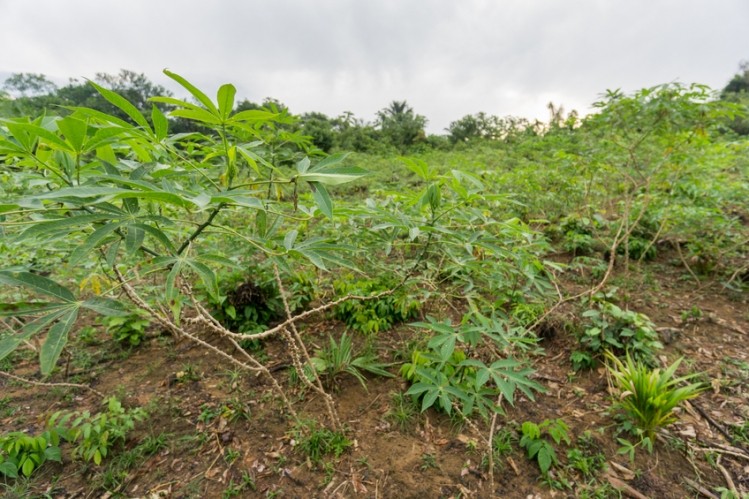Cristália gets ANVISA nod to make burns treatment at new biomanufacturing plant

The treatment – called Kollagenase – is a mixture of collagenase enzymes encoded by two genes - colG and colH – found in a strain of bacteria Clostridium histolyticum that Cristália scientists isolated from soil samples taken from a farm in Espirito Santo do Pinhal.
Collagen is widely used in Brazilian hospitals to remove dead tissue - a process known as enzymatic debridement – in patients who have suffered burns or other traumatic wounds. At present the country is supplied by laboratories overseas.
Cristália’s cGMP BSL3 facility in Itapira is the first in Brazil approved to manufacture collagenase according to company biotechnology director, Marcos Alegria, who told us all aspects of production and processing will be carried out on site.
“Cristália’s Clostridium histolyticum strain is cultured in stainless 1,500L steel bioreactor where collagenase is secreted into the supernatant. All culture media used in the process are free of animal components.
“The supernatant is filtered, purified and concentrated using tangential flow filtration (TFF) systems. Collagenase concentrated solution is stabilized and lyophilized, milled and packed to obtain the API bulk, preserving high enzymatic activity and purity.”
Global
Cristália claims it supplies 60% of the collagen used in Brazil, which it imports from foreign production sites. According to Alegria, ANVISA approval to produce it in Itapira will further strengthen the firm’s position in the market.
But the firm is looking at other markets.
Alegria said: “The company is expanding the boundaries of this special product to other territories such as US, Europe, LATAM and Asia” adding that “we are designing new trials aiming the approval of FDA and EMA.”
“The goal is to design targeted regulatory and marketing strategies in each territory in order to take an important share of these markets” he continued, adding that “new formulations, associations and dosage forms are also under development.”







